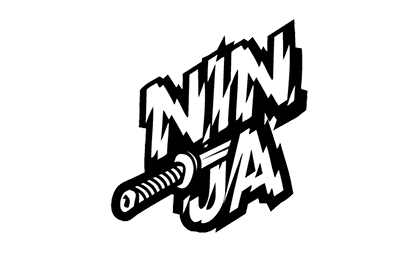The Similarity Between Trapstar and Supreme
When we compare Trapstar with other streetwear brands, especially with the well-known brand Supreme, we can find some significant similarities and differences. This comparison is not only reflected in the brand positioning and market strategy but also delves into multiple dimensions such as price, quality, and style. Here is a detailed analysis comparing these two street fashion giants.

Similarities
Cultural Influence: Both Trapstar and Supreme are deeply influenced by street culture, showcasing their love for music, art, and urban life through clothing. This cultural foundation has won both brands a loyal following and a high degree of brand identification.
Celebrity Effect: Both brands excel at leveraging celebrity effects to enhance brand image. Supreme collaborates with celebrities from various fields, such as the partnership with American rapper Travis Scott, while Trapstar has secured endorsements from international superstars like Rihanna, deeply embedding the brand image in people's hearts.
Differences in Expansion
Product Positioning and Design Philosophy: Supreme's product designs tend to be simplistic with iconic patterns, emphasizing the brand's recognizability. In contrast, Trapstar tends to blend street culture with high-end fashion elements, often showcasing more complex and detailed patterns and cuts in its product designs, reflecting a different design philosophy and target consumer group.
Brand Collaboration Levels Supreme collaborates with partners across various fields, from fashion brands to artists, to everyday consumer brands, such as high-end fashion collaboration with Louis Vuitton and the quirky collaboration with Oreo, showcasing Supreme's breadth and diversity in cross-industry collaboration. Trapstar, although having fewer partners, tends to focus more on high-end brands in fashion and music, showing precise control over brand image and market positioning. Supreme's collaborations with multiple fields, creating memorable cross-industry products like the motorcycle with the famous American motorcycle manufacturer Harley-Davidson, and the skateboard with the world-renowned crystal brand Swarovski, demonstrate Supreme's ability to blend street culture with other domains, reflecting its diversified brand positioning.
In contrast, Trapstar focuses more on in-depth cooperation within the fashion industry, such as multiple collaborations with PUMA, launching a series of co-branded footwear and clothing that combines Trapstar's unique street sensibility with PUMA's sports characteristics. This kind of collaboration focuses more on reinforcing Trapstar's position in the fashion domain while maintaining its street culture roots. Supreme's product range is very broad, covering not just clothing and accessories but also many lifestyle products, like the collaboration series with the famous outdoor brand The North Face, providing high-performance outdoor equipment, and home goods like bedding in collaboration with the home brand Hanes, showing Supreme's attempt to penetrate every aspect of consumers' lives.
Meanwhile, Trapstar focuses more on the high-end fashion clothing domain, besides collaborations with luxury brands, it also commits to independent design, launching a series of high-end clothing that reflects London's street culture. For instance, some of Trapstar's jackets and coats are made with high-quality materials and complex craftsmanship, aiming to provide clothing options that have street style without losing a sense of high-end fashion.
Market Strategy and Consumer Experience
Supreme attracts a large following with its unique purchasing experience (such as the culture of lining up) and rapidly changing product lines, whereas Trapstar places more emphasis on cultivating brand loyalty among consumers through high-quality products and cultural events, providing a more in-depth and enduring brand experience. Some of Supreme's limited products, such as skateboards in collaboration with famous artists, have a high resale price in the secondary market, becoming objects avidly sought by collectors. This phenomenon reflects Supreme's successful strategy in scarcity and brand heat.
Conversely, although Trapstar also releases limited products, it focuses more on the long-term value and quality of products, with a more stable pricing strategy. For example, some of Trapstar's high-end jackets, despite their high price, are considered reasonable considering their material, design, and brand value, reflecting Trapstar's focus on balance and sustainability in its pricing strategy.
Through these detailed examples, we can see that although Trapstar and Supreme are both street fashion brands, they have clear differences in brand positioning, product range, and pricing strategy. Supreme adopts a more extensive and diversified strategy in promoting its brand and product diversity, whereas Trapstar focuses more on deepening its position in the high-end fashion field, emphasizing quality and design. These differences not only highlight each brand's unique characteristics but also provide a rich selection for consumers with different needs.







